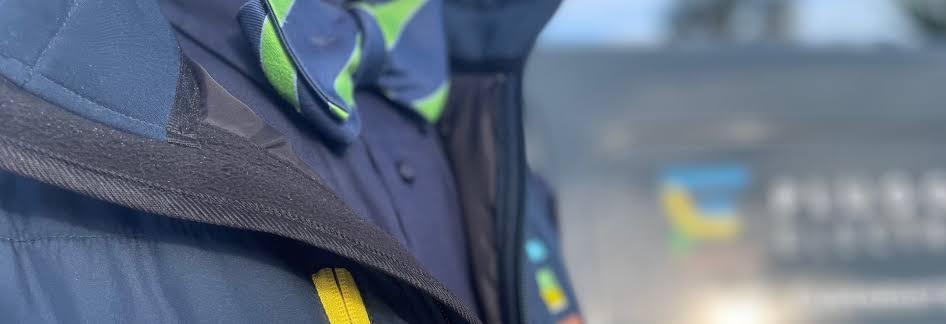Thank you for choosing Plugged In
Plugged In provides domestic & commercial electrical services. Battery and PV specialist – Distribution / consumer unit specialist- EV car charging specialist – EICR specialist

Electrician near
Carnforth – Lancaster – Kendal – Windermere – Ambleside – Silverdale – Warton – Arnside – Bowness – Sedbergh – Kirby Lonsdale – Milnthorpe – Grange-over-sands – Ulverston

Our new website is on the way…
Get in touch:
- Form below is the fastest
- help@pluggedinelectricians.co.uk
- 01524 932524
- WhatsApp press here
“keeping you plugged in.”